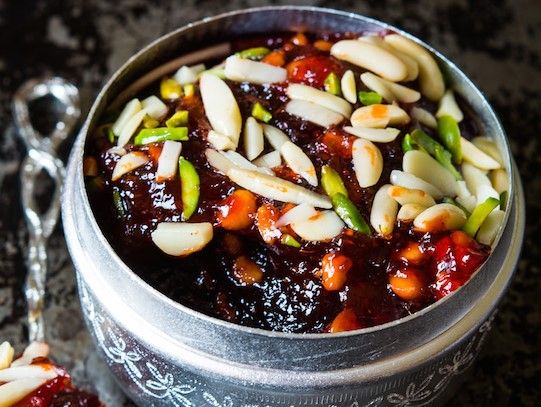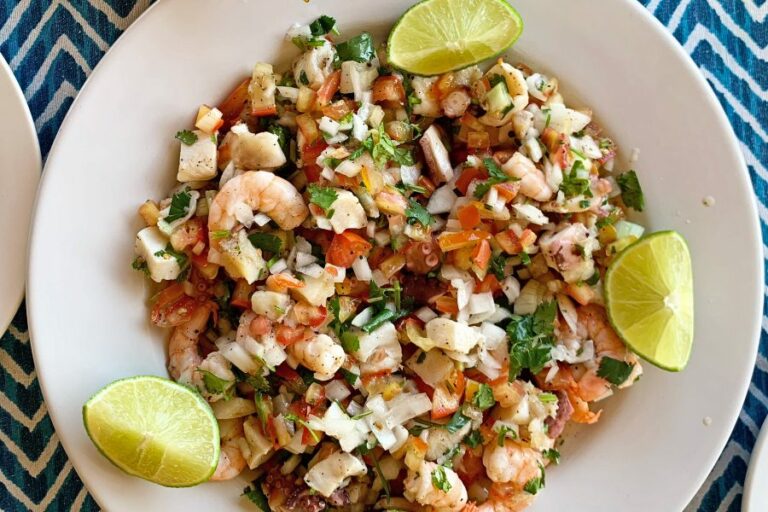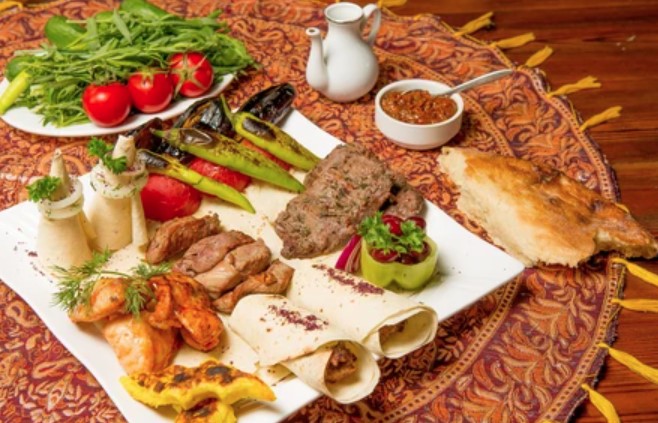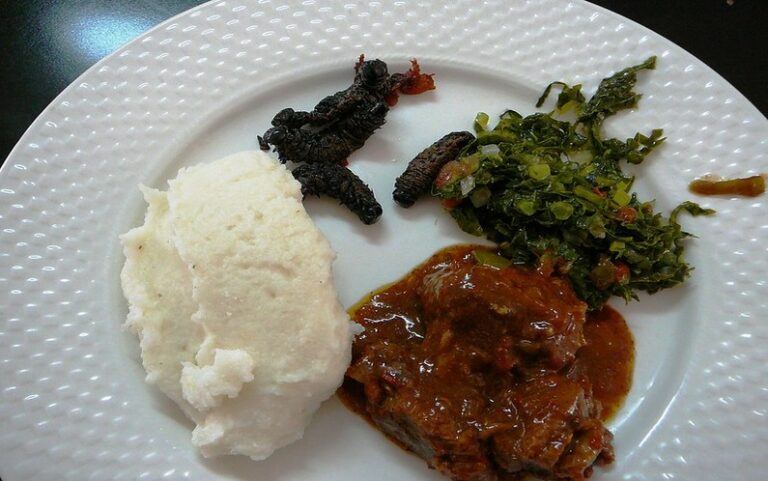Introduction to Bahraini Cuisine
Bahrain is a small island nation located in the Persian Gulf, and Bahraini cuisine is a reflection of its unique geographical location and history. Its cuisine is a fusion of Arabic, Indian, Iranian, and African influences, making it distinct from other Middle Eastern cuisines. The use of spices and herbs, as well as the cooking techniques, gives Bahraini cuisine a unique taste and aroma that distinguishes it from the rest.
Influences on Bahraini Cuisine
Bahraini cuisine has been shaped by the history and culture of the country. Being a seafaring nation, seafood is an important feature of Bahraini cuisine. The country’s location on trade routes also led to the introduction of spices and ingredients from neighboring countries, like Iran and India. The influence of the Portuguese, who ruled Bahrain for a short time, can also be seen in the use of ingredients like vinegar, olives, and tomatoes.
Flavor Palate of Bahraini Cuisine
Bahraini cuisine is characterized by its complex mix of sweet, sour, and spicy flavors. The use of spices like cardamom, cinnamon, and saffron gives the food its unique aroma and flavor. The dominant flavors are sour, hot, and salty, which are often balanced with sweetness from ingredients like dates and raisins. Bahraini cuisine also makes use of sour ingredients like tamarind and sumac to add a tartness to dishes.
Unique Ingredients Used in Bahraini Cuisine
Bahraini cuisine uses a range of unique ingredients that set it apart from other Middle Eastern cuisines. One such ingredient is the black lime, which is dried and used to add a tangy flavor to dishes. Another ingredient is the baharat spice blend, which contains a mix of cinnamon, cloves, coriander, nutmeg, and cardamom, among others. Other unique ingredients include rose water, pomegranate molasses, and saffron.
Popular Bahraini Dishes
Some of the most popular dishes in Bahraini cuisine include machboos, a spiced rice dish made with meat or fish, and garnished with fried onions and raisins. Another favorite is muhammar, a sweet rice dish made with dates and spices, which is often served at weddings. Other popular dishes include balaleet, a sweet vermicelli pudding, and harees, a savory porridge made with wheat and meat.
Bahraini Food Culture and Traditions
Bahraini food culture is centered around sharing meals with family and friends. Hospitality is an important aspect of Bahraini culture, and guests are often served generous portions of food. Traditional Bahraini meals are often served on a large communal platter, and diners use their hands to eat. Likewise, coffee is an important part of the Bahraini food culture and is often served as a welcoming gesture to guests.
Bahraini Cuisine vs. Other Middle Eastern Cuisines
Bahraini cuisine is distinct from other Middle Eastern cuisines due to its unique blend of influences and ingredients. While there are similarities with other Gulf countries’ cuisines, Bahraini cuisine is characterized by its use of sour ingredients and the baharat spice blend. The emphasis on seafood is also a unique feature of Bahraini cuisine, which sets it apart from other Middle Eastern countries.
Conclusion: The Distinctiveness of Bahraini Cuisine
Bahraini cuisine is a testament to the country’s unique history and culture. Its blend of Arabic, Indian, Iranian, and African influences give it a distinct flavor profile that distinguishes it from other Middle Eastern cuisines. The use of unique ingredients, cooking techniques, and emphasis on seafood make Bahraini cuisine a must-try for food enthusiasts looking to explore the diversity of cuisine in the Middle East.










